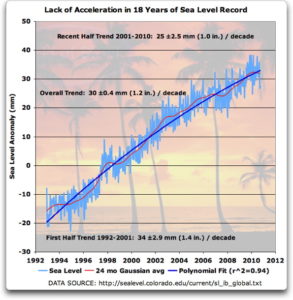by A. Watts, February 19, 2018 in WUWT
From Keele University and the “It’s like deja vu all over again” department with the leader of the “ship of fools” thrown in for comic relief. Long-time WUWT readers surely remember the single “Most influential tree in the world” from the Yamal fiasco, where the “signal” in one tree (YAD06) biased an entire paper with a hockey stick shape, making it worthless. Well, here we are again with another single tree used to define the entire globe. Obviously they’ve learned nothing, then again, it’s Chris Turney.



